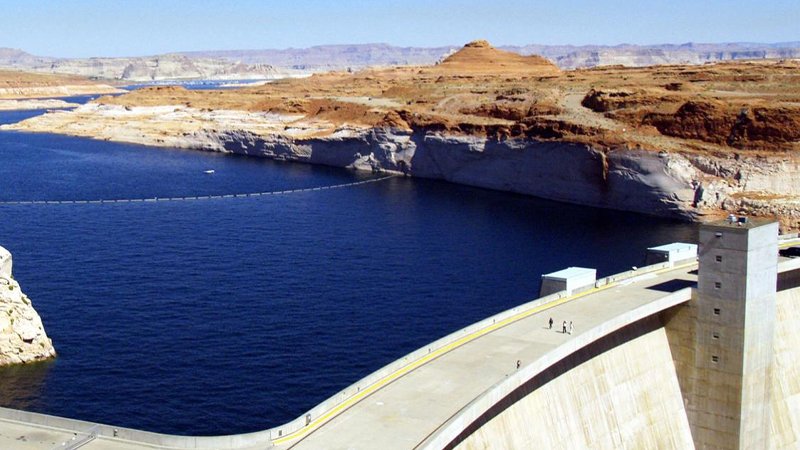
Drought conditions throughout most of the West might be over - for the time being, anyway - but anyone who has seen Lake Mead knows that the western U.S. still faces many challenges where water is concerned.
The U.S. Department of the Interior announced Monday a voluntary agreement with Arizona, California and Nevada that is designed to save at least 3 million acre feet of water over the next three-and-a-half years. The plan will affect many golf courses, though it is yet unclear just how much, according to one regional association.
The Colorado River that forms Lake Mead and Lake Powell supplies water to about 40 million people in seven states.
The plan still awaits federal review. It is unclear how effective this voluntary proposal will be, but agencies from different states coming together is seen as an important first step, and led to the U.S. Bureau of Reclamation temporarily shelving a plan that would have required the three states to save 2.1 million acre feet next year alone.
Although the water level in Lake Mead is up 12 feet so far this year, it's down 35 feet in the past five years and 172 feet since its highest point in 1983.
Water levels in Lake Mead had dropped to historically low levels in 2022, so low that intakes were exposed as were some gruesome findings on the impoundment's bed, including at least two barrels that contained human remains that experts believed were associated with organized crime activities in nearby Las Vegas.
Just how much each state will have to cut back under the plan has yet to be determined.
The Bureau of Reclamation issued a challenge in 2022 for the seven states that make up the Colorado River Basin to come together and craft a plan that would save 2.5 million to 4 million acre feet annually.
The four states that comprise the Colorado River's upper basin, Colorado, New Mexico, Utah and Wyoming, have not agreed to such a plan, but are standing by to see how it works.
California gets much of its fresh water from the Colorado, as well as the State Water Project, which is a system of reservoirs throughout the state that are fed not only by rain, but also melting snow from the Sierra Nevada range.
Reservoirs throughout the state are full thanks to plentiful rain and snowfall, but golf will be among those that feel the pinch due to the coming loss of Colorado River water. The Bureau of Reclamation has indicated that further use restrictions could be implemented after 2026 if the voluntary cutbacks do not yield the desired results.

